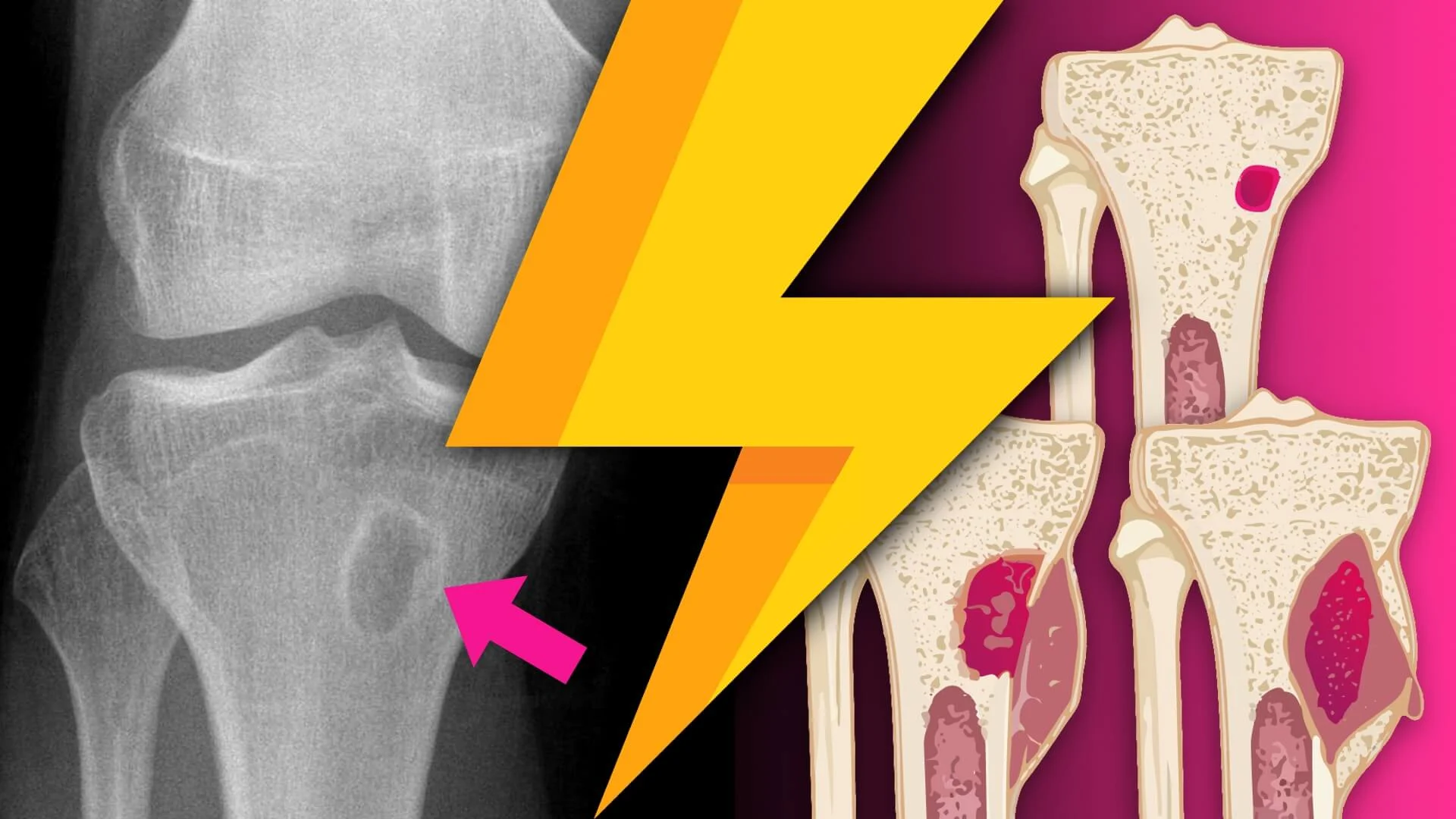Lightning Learning: Visual Acuity in Kids
STOP!
Vision, pupils & pressure are the “vital signs” of ophthalmology. Sudden blurring or loss of visual acuity (hours) is an emergency.
Visual acuity is “an estimate of ability to perceive spatial detail.” Recorded as a fraction the upper number refers to the distance the chart is from the patient (6m), the lower number (next to the line on the chart) is the distance at which a ‘normal’ eye is can read that line.
LOOK
How to measure visual acuity?
Choose an age-appropriate chart*
Let them see chart up close first
Then test at appropriate distance
Remember, one eye at a time plus isolate one line at a time moving downwards from big to small.
If necessary have them match the picture or letters (point to a card).
If the top letter cannot be read try moving chart closer (up to 1m) then finger counting (CF), hand movement (HM) and finally light perception (PL), n.b. ‘No perception of light’ = NPL.
TIPS: Place child on parents lap. Involve parent. Give encouragement. Make it a game. Don’t expect every letter or picture to be checked. Get as far as you can maintaining momentum.
LEARN
6/3 vision is better than 6/12
6/6 to 6/4 is ≈ normal
Further Reading
- Marsden J, Stevens S, Ebri A. How to measure distance visual acuity. Community Eye Health. 2014;27(85):16.
- Anstice, N. S. and Thompson, B. (2014), Measuring visual acuity in children. Clin Exp Optom, 97: 3-11.
Video guide to eye exn
Blaikie Andrew J, Dutton Gordon N. How to assess eyes and vision in infants and preschool children. BMJ 2015; 350 :h1716








